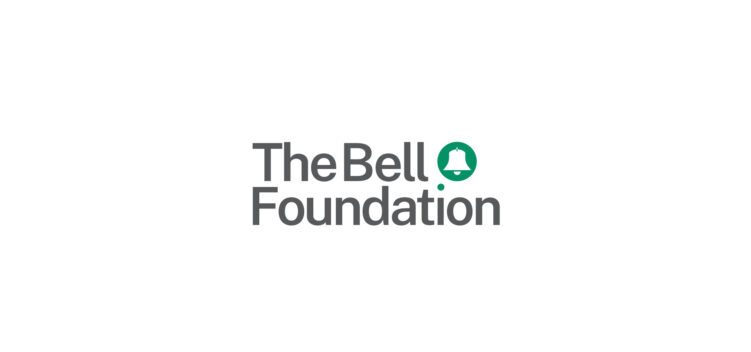Intervention Groups: Supporting Secondary EAL Learners Beyond the Classroom (Webinar)
- Date
- 16 May 2024
- Time
- 4:00pm
- Price
- Free
- Type
- Webinar
Explore our policy recommendations for breaking down language barriers
in schools, adult education, and the criminal justice system.

Modelling is providing learners with a written or oral model of the language that the teacher would like the learner to produce.
EAL learners need to notice language in order to be able to practise using it effectively. Providing learners with written and oral models allows teachers to be explicit about the key features of language they are using. Teachers can use modelling to enable EAL learners to cope with the language demands of each task and to support them in practising the target language.
Modelling is important for EAL learners at all stages of English language proficiency from New to English to Fluent. It is a useful strategy in all areas of the curriculum. Here are some examples of activities involving modelling:
1. Collaborative group work:
Group tasks which necessitate communication between learners can provide an opportunity for EAL learners to work with peers who can provide good models of English. For example, in World War 2 Air Raids there is a collaborative writing activity using a 5x5 grid where groups of learners write sentences that are scaffolded by words and pictures on the game board. The teacher models appropriate sentences first, and early stage EAL learners are grouped with peers who can provide good models of English.
2. Substitution tables:
Substitution tables are an excellent way of providing language models and can be used for oral or written work. For example, in Local Environment, a simple visual substitution table is provided for EAL learners to model how to compose basic sentences describing a walk around the local area: 'First I walked past the ______. Next I turned left at the __________.' Substitution tables like this can also be used as the basis for collaborative group or pair work.
3. Analysing a text:
Analyse a piece of text on the white board with the whole class to look at how it is structured. E.g. annotate a science text written in formal academic language, highlighting sentences written in the passive voice in one colour and technical scientific vocabulary in a different colour.
4. Dictogloss:
Dictogloss is a really effective technique for modelling written work. Write or source a model text that demonstrates exactly the kind of writing the learner should produce. There is an example of a dictogloss text giving a model of biographical writing in The Life and Works of Charles Dickens.
Top tip: Model the language that learners should ideally produce, rather than a simplified or more colloquial version of it.
Modelling is a way of drawing EAL learners’ attention to specific features of English which is identified by NALDIC (1999) and Gass and Varonis (2008) as a key feature of EAL good practice and recommended by researchers like Krashen. It is also a way of teaching phrases rather than just key words as recommended by Cameron (Cameron 2003, Cameron and Besser 2004) and Schmitt (e.g. Alali and Schmitt).
Providing language models is a form of scaffolding learning, the importance of which has been highlighted by research, notably the work of Bruner, and EAL practitioners such as Gibbons.
The language model provided can demonstrate the appropriate register (see Halliday’s work on the register continuum) and is a useful way of expanding the vocabulary of EAL learners (Washbourne 2013) and teaching academic language, as highlighted by Nagy and Townsend (2012).
Alali, F. and Schmitt, N. (2012). Teaching formulaic sequences: The same or different from teaching single words? TESOL Journal 3, 2: 153-180.
Cameron, L., 2003, Writing in English as an Additional Language at Key Stage 4 and post-16, London: Ofsted
Cameron, L. and Besser, S., 2004, Writing in English as an Additional Language at Key Stage 2, Nottingham, UK: DfES Publications.
Nagy, W.E. and Townsend, D. 2012, Words as tools: Learning academic vocabulary as language acquisition, Reading Research Quarterly, 47 (1): 91-108.
NALDIC, 1999, The distinctiveness of English as an Additional Language: a cross-curricular discipline, National Association of Language Development in the Curriculum, Working Paper 5.
Washbourne, A., 2013, Word Power Pilot: Improving reading for meaning through expanding vocabulary, Croydon.